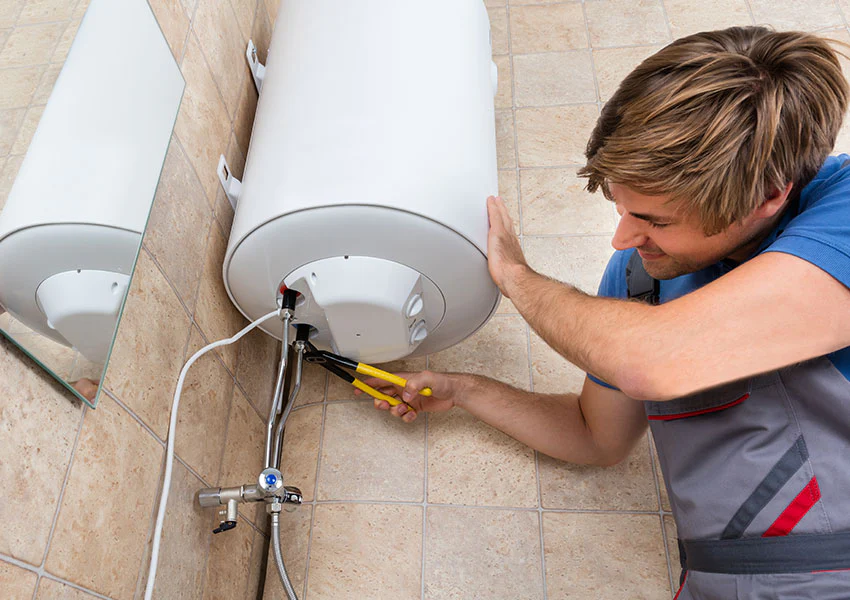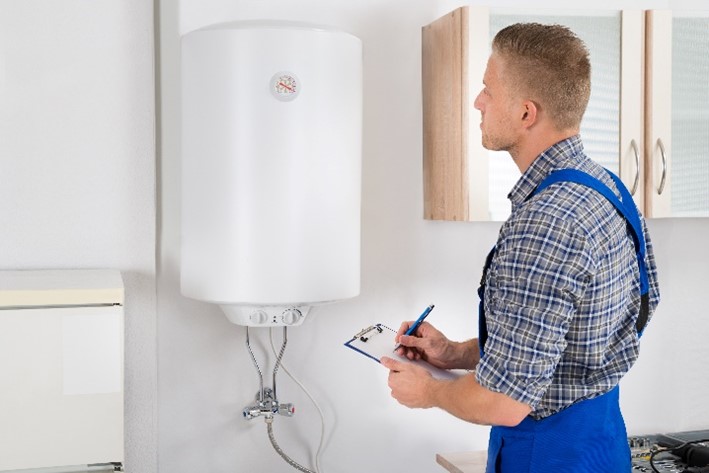What are your opinions on Tips For Maintaining Your Hot Water Heater?

Warm water is essential for day-to-day convenience, whether it's for a rejuvenating shower or washing dishes. To guarantee your hot water system runs efficiently and lasts much longer, regular upkeep is essential. This article gives useful tips and insights on exactly how to keep your home's warm water system to prevent interruptions and pricey repairs.
Intro
Maintaining your home's hot water system could appear daunting, yet with a few simple actions, you can guarantee it operates smoothly for several years ahead. This guide covers every little thing from understanding your hot water system to DIY maintenance suggestions and understanding when to hire expert help.
Importance of Keeping Your Warm Water System
Regular maintenance not only extends the lifespan of your warm water system however likewise ensures it operates successfully. Disregarding maintenance can cause reduced performance, greater energy expenses, and even early failing of the system.
Indicators Your Hot Water System Needs Upkeep
Understanding when your warm water system needs attention can protect against major issues. Look out for indications such as irregular water temperature, weird sounds from the heater, or rusty water.
Recognizing Your Hot Water System
Prior to diving into maintenance jobs, it's helpful to understand the fundamental elements of your hot water system. Normally, this consists of the water heater itself, pipes, anode rods, and temperature level controls.
Monthly Upkeep Tasks
Routine regular monthly checks can help catch minor concerns prior to they rise.
Flushing the Hot Water Heater
Purging your water heater removes debris buildup, boosting effectiveness and extending its life.
Monitoring and Changing Anode Rods
Anode poles protect against deterioration inside the tank. Inspecting and replacing them when broken is essential.
Examining and Adjusting Temperature Level Settings
Adjusting the temperature setups ensures ideal efficiency and safety.
DIY Tips for Upkeep
You can perform a number of upkeep tasks yourself to maintain your warm water system in leading problem.
Looking for Leaks
Regularly evaluate pipelines and connections for leakages, as these can cause water damage and greater expenses.
Checking Stress Alleviation Valves
Examining the stress safety valve guarantees it works properly and stops extreme stress accumulation.
Insulating Pipelines
Shielding hot water pipelines reduces warmth loss and can conserve energy.
When to Call a Specialist
While DIY upkeep is valuable, some concerns need professional expertise.
Facility Issues Needing Expert Aid
Examples consist of significant leaks, electrical troubles, or if your hot water heater is regularly underperforming.
Routine Expert Maintenance Perks
Specialist upkeep can include complete assessments, tune-ups, and making certain compliance with safety criteria.
Conclusion
Regular maintenance of your home's hot water system is vital for effectiveness, durability, and cost savings. By following these tips and knowing when to look for specialist assistance, you can make certain a reliable supply of hot water without unanticipated interruptions.
How to Maintain an Instant Hot Water Heater
Before tinkering with your hot water heater, make sure that it’s not powered on. You also have to turn off the main circuit breaker and shut off the main gas line to prevent accidents. Also turn off the water valves connected to your unit to prevent water from flowing into and out of the appliance. 2. When you’re done, you have to detach the purge valves’ caps. These look like the letter “T” and are situated on either side of the water valves. Doing so will release any pressure that has accumulated inside the valves while at the same time avoid hot water from shooting out and burning your skin. 3. When the purge valves’ caps are removed, you have to connect your hosing lines to the valves. Your unit should have come with three hoses but if it didn’t, you can purchase these things from any hardware or home repair shops. You can also get them from retail stores that sell water heating systems. Read the user’s manual and follow it to complete this task properly. When the hosing lines are connected, open the purge port’s valves. 4. You should never use harsh chemical cleaners or solutions when cleaning your unit. Make use of white vinegar instead. It should be undiluted and you’ll probably use about 2 gallons. 5. Now flush your water heater. This task should probably take about 40 minutes. We can’t give you specific directions for this because the procedure is carried out depending on the type, model and brand of your heater. With that being said, refer to the user’s manual. 6. When you’re done draining the unit, you have to turn off the purge port valves again. Remove the hosing lines that you earlier installed on each of the water valves. Put the valve caps (purge port) back in their respective places and be very careful so as not to damage the rubber discs that are found inside these caps. 7. Now that everything’s back in place, check your user’s manual again to find out how to reactivate your water heating system. 8. Once it is working, turn one of your hot water faucets on just to let air pass through the heater’s water supply pipes. Leave the tap on until water flows smoothly out of it. https://www.orrplumbing.com/blog/2014/september/how-to-maintain-an-instant-hot-water-heater/

Hopefully you enjoyed our part about How to Maintain Your Water Heater & Prolong its Life. Many thanks for spending some time to read through our piece of content. Appreciated our review? Please quickly share it. Let someone else check it out. Bless you for your time. Return soon.
Book Inspection